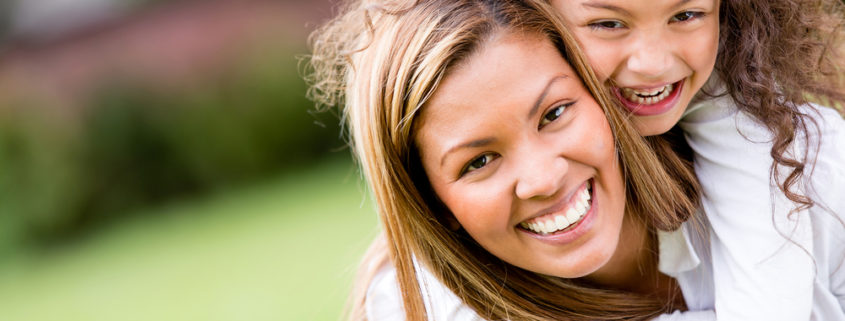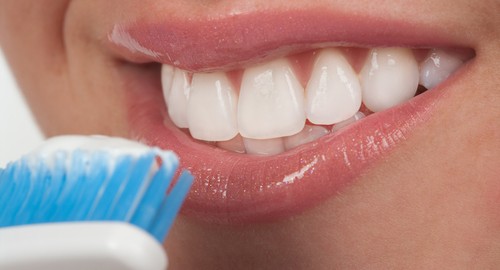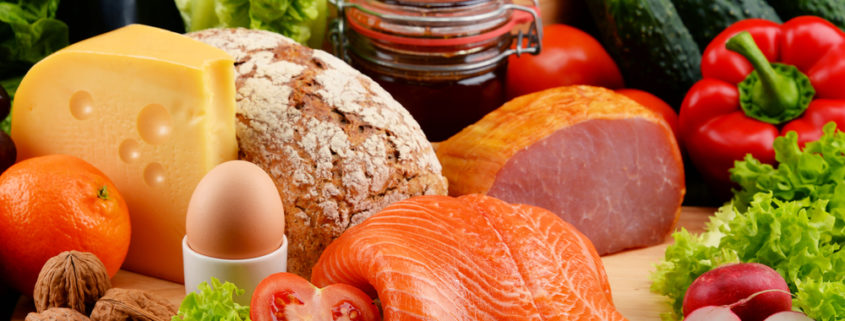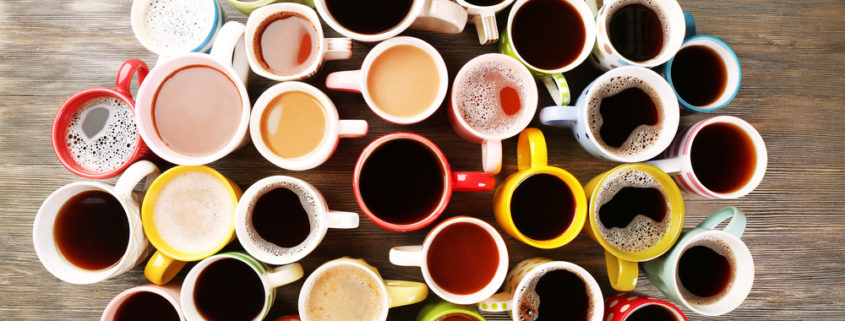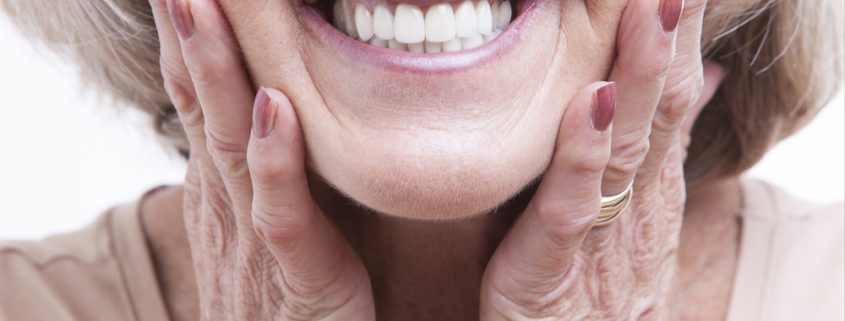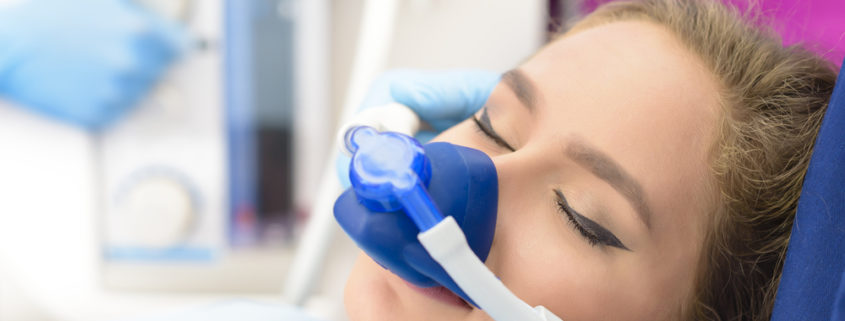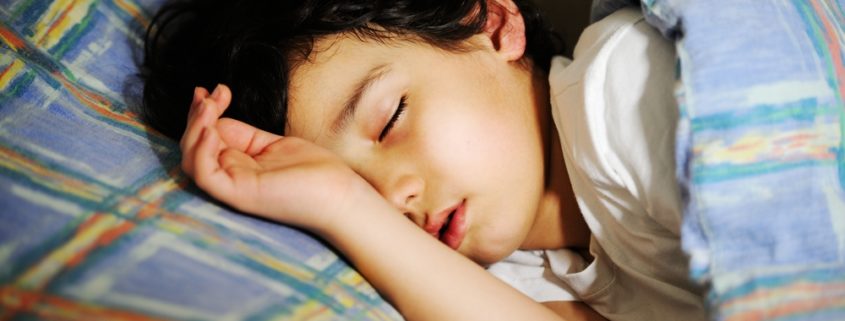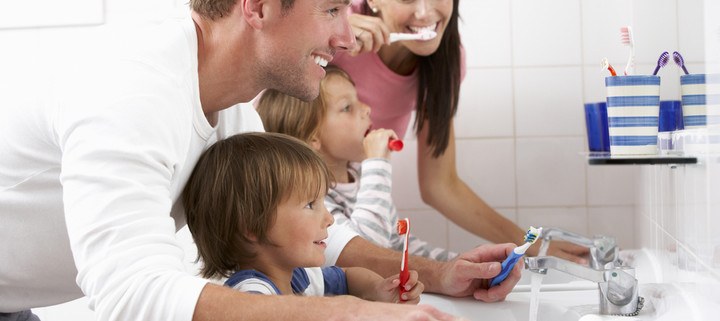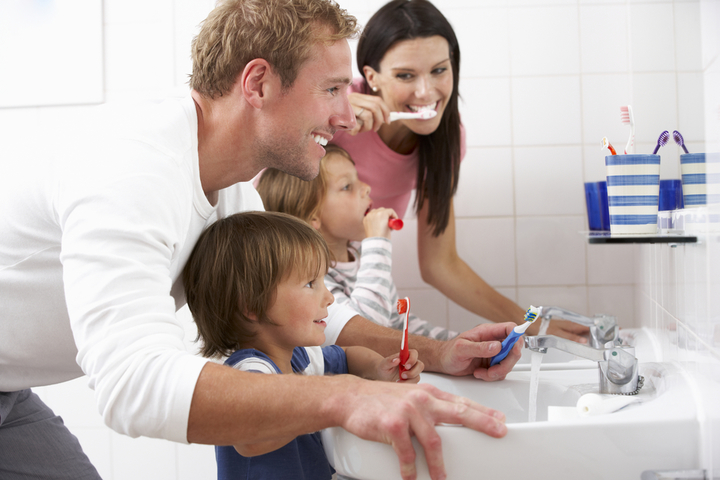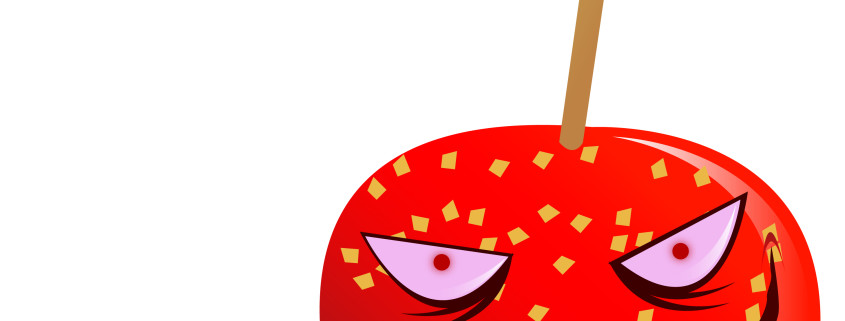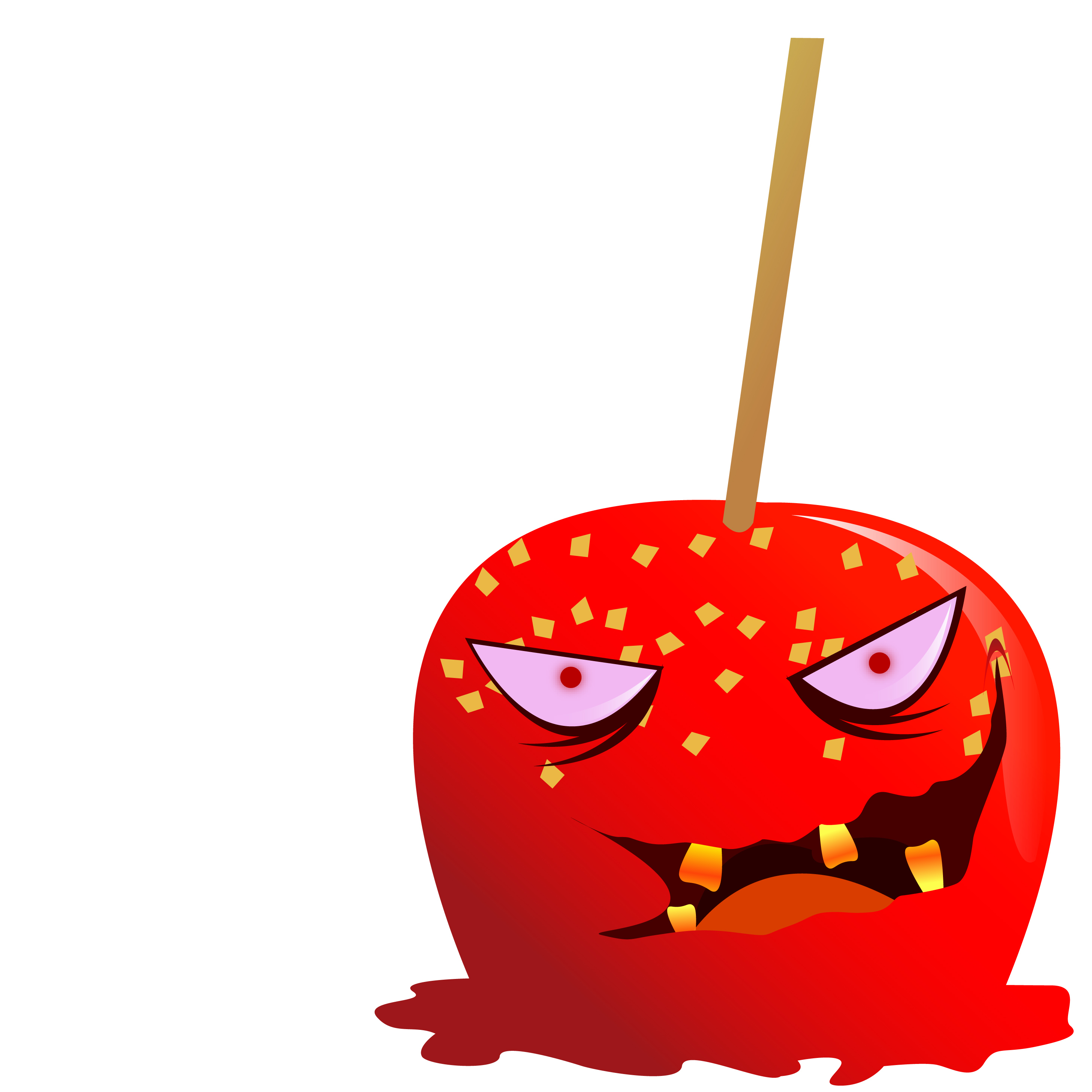The Benefits of Natural Toothpaste
Natural toothpaste is becoming more and more popular for good reason. Your gums absorb whatever ingredients you put into your mouth. That means both the good things and the bad like chemicals in toothpastes and mouthwashes, get connected directly to your whole body through your gums. Therefore, having healthy gums and a healthy mouth is one of the best ways to contribute to your overall physical health. With that in mind, doesn’t it make sense to use the healthiest products out there for your teeth?
Check the labels on your tooth products.
Many common toothpastes and mouthwashes contain elements that are harmful to us in various ways.
- Most of us have been convinced that we need fluoride in our water and our toothpaste. Most of us are already getting enough in our water (even for children) that we don’t need more in our toothpaste.
- Sodium Laurel Sulfate (SLS) is used to make toothpaste foam, but believe it or not, it is a detergent. A detergent you’ll find in most shampoos and is a skin irritant for many people. The foaming isn’t something you need; it’s just something we’ve come to expect.
- Saccharin is a common sweetener in many types of mouthwash and toothpastes but not used in foods due to it causing kidney cancer in lab rats. Many people feel it’s not a big deal because you aren’t eating it. However, since your gums absorb so much, it can be serious.
Benefits of Natural Toothpastes
Most of the benefits of brushing your teeth come from the actual act of brushing, even if you are only using water. It is the bacteria in your mouth that can cause gingivitis and other dental issues. Natural toothpastes can eliminate the bacteria in your mouth naturally with out using harmful chemicals.
Natural toothpastes use natural ingredients like mint and other herbs to freshen your breath. They are free of artificial flavoring and dyes. Many natural toothpastes use natural ingredients like hydrated silica to whiten teeth, which is gentler on your teeth than artificial bleaching agents found in common toothpastes.
Your mouth, your teeth, your gums are a very important part of your overall health. Invest in yourself and try different natural tooth pastes until you find one you like.

